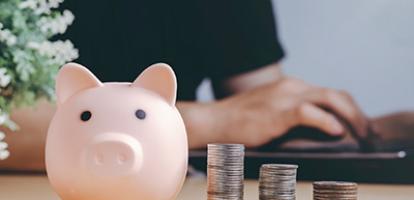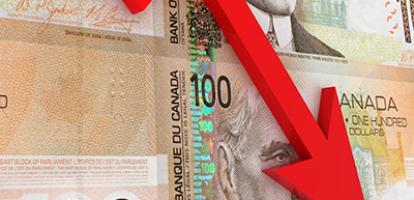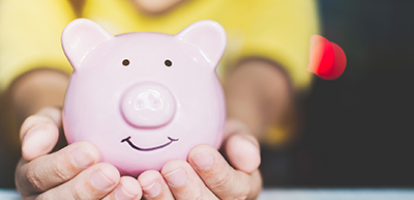Published in the The Montreal Gazette on May 25, 2012
By Ian Irvine and William Sims
When shopping, consumers pay attention to the costs of similar products – say, generic vs. brand-name foods. The same is true for smokers: higher prices on legal cigarettes can increase an individual’s preference for cheaper, often contraband smokes.
As provinces look to claw out of their budget deficits, they will be tempted to raise tobacco taxes because the political fallout is minimal. But increasing taxes on cigarettes is partly responsible for a big contraband cigarette market, which involves gangs and organized crime.
Policy-makers must find a balance among the multiple goals of tobacco taxation. Decisions should be based on public-health objectives and the total quantity of cigarettes purchased, as well as on the social, legal and enforcement costs associated with the illegal supply.
A decade ago, Ottawa and the provinces decided to increase taxes on tobacco. This move was aimed primarily at reducing smoking dependence and improving the health of Canadians, but was also understood to be a welcome source of extra revenue.
But an unintended consequence soon developed: the tax increases raised the price of legal cigarettes, creating a market for cigarettes on First Nations reserves that were sold illegally to those living off-reserve. Also of concern, illegal cigarettes provided an even more toxic product than legal ones. By 2008, illegal cigarettes – sold in zip-locked bags of 200 that had no public-health warning labels – accounted for a third of the market. Since then, a major policing effort has halved the scale of the illegal market.
This experience is, however, not entirely new to Canada: a period of relatively high tobacco taxes in the late 1980s and early 1990s caused contraband cigarettes to capture about half the market in Quebec and Ontario at that time. Tobacco products were manufactured in Canada, exported tax-free to the U.S., and then smuggled back into the country and sold under the counter at convenience stores.
For governments, tobacco-tax policy remains a hornet’s nest, and there are no easy answers. On one hand, health groups favour still-higher taxes and stronger enforcement. On the other hand, legal producers and distributors favour reduced taxes with stronger enforcement.
This raises the following question: could lower tobacco taxes drive out the illegal product by inducing smokers to switch from illegal to legal cigarettes, and at the same time increase tax revenues?
Assuming individual smokers’ basic preference for legal products, tobacco-tax reductions would likely only create a modest drop in consumption of the illegal product, lead to a decline in tax revenues and result in a small increase in total consumption. The market share of the illegal product would fall more substantially were the price of the illegal product to rise as a result of stronger legal or enforcement pressures on suppliers.
Even if, following a tax reduction, many consumers switch from the illegal to the legal product, net government revenues from consumers who switched to legal cigarettes would likely not make up for the lower tax rate paid by all legal smokers. And of course, the lower price of cigarettes would likely lead to an undesirable increase in smoking.
Conversely, this implies that an increase in tobacco taxes could increase tax revenue, even though such a hike would increase the demand for, and the supply of, the illegal product. The inherent social costs with a bigger illegal market should, however, temper such a move.
Although governments are seeking more revenues, they should take a pass on further increases in tobacco taxes. Illegal supplies have high social costs: they encourage gangs and criminal activity, and require costly police and law-enforcement resources.
Ian Irvine and William Sims are professors of economics at Concordia University. Their C.D. Howe commentary, A Taxing Dilemma: Assessing the Impact of Tax and Price Changes on the Tobacco Market, can be found at cdhowe.org




